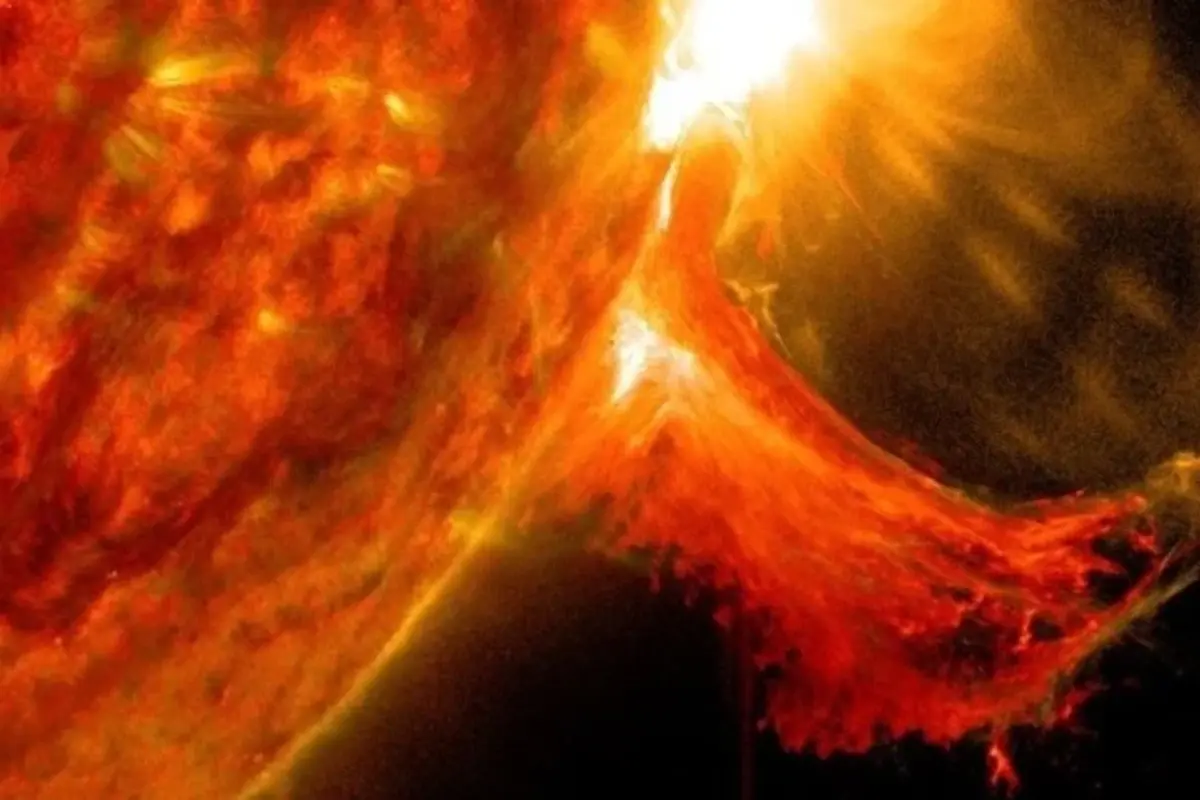
The Sun’s periodic violent solar storms, which have the potential to destroy all communication on Earth, have reignited interest in its solar cycles.
Today’s solar flare slammed our planet, striking into the earth’s magnetic field.
During the early hours of July 18th, the large sunspot AR3363 produced a massive solar flare, a long-duration M6-class event. The blast was captured by NASA’s Solar Dynamics Observatory near the sun’s southwestern limb.
Energetic protons accelerated by the flare have arrived on Earth and are now strewn across the planet’s atmosphere. This is known as a ‘radiation storm’. It is a category S2 event, according to NOAA’s GOES-16 satellite data.
While the explosion was not X-class, it was more intense than many X-flares. Why? Because of how long it lasted. The X-ray production of the flare was above M1 for about four hours and above M5 for about an hour. It had plenty of time to expel a large CME from the sun’s atmosphere.
Although the CME is not heading directly aimed at Earth, it does appear to have an Earth-directed component.
According to a NASA model, it may strike an effective glancing blow as early as July 20th.
NOAA is conducting its own modeling, with findings expected soon.
Also read: NASA Shares Image Of Star’s Birth On James Webb’s First Anniversary
To read more such news, download Bharat Express news apps



















